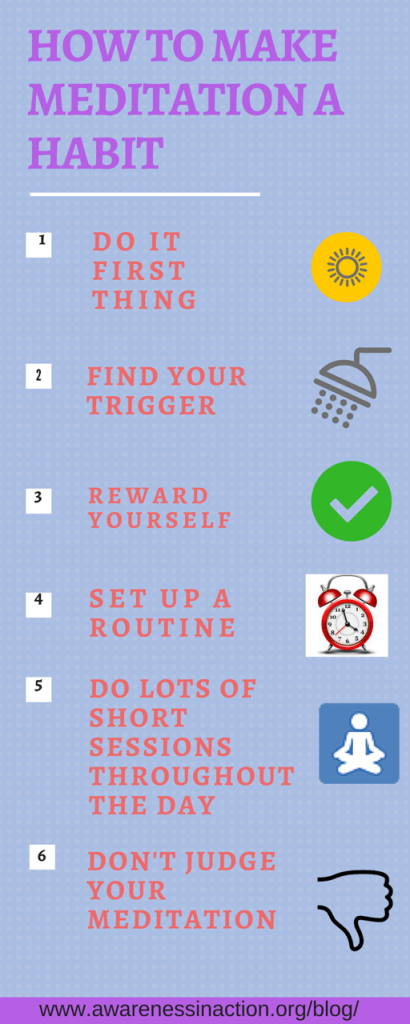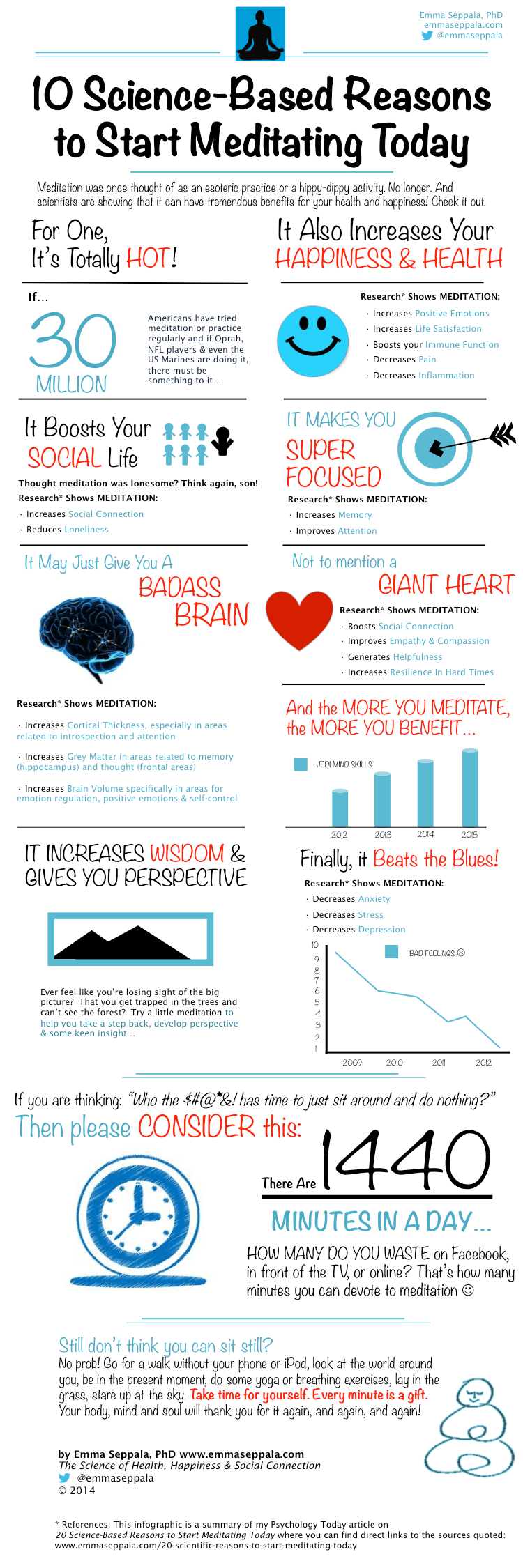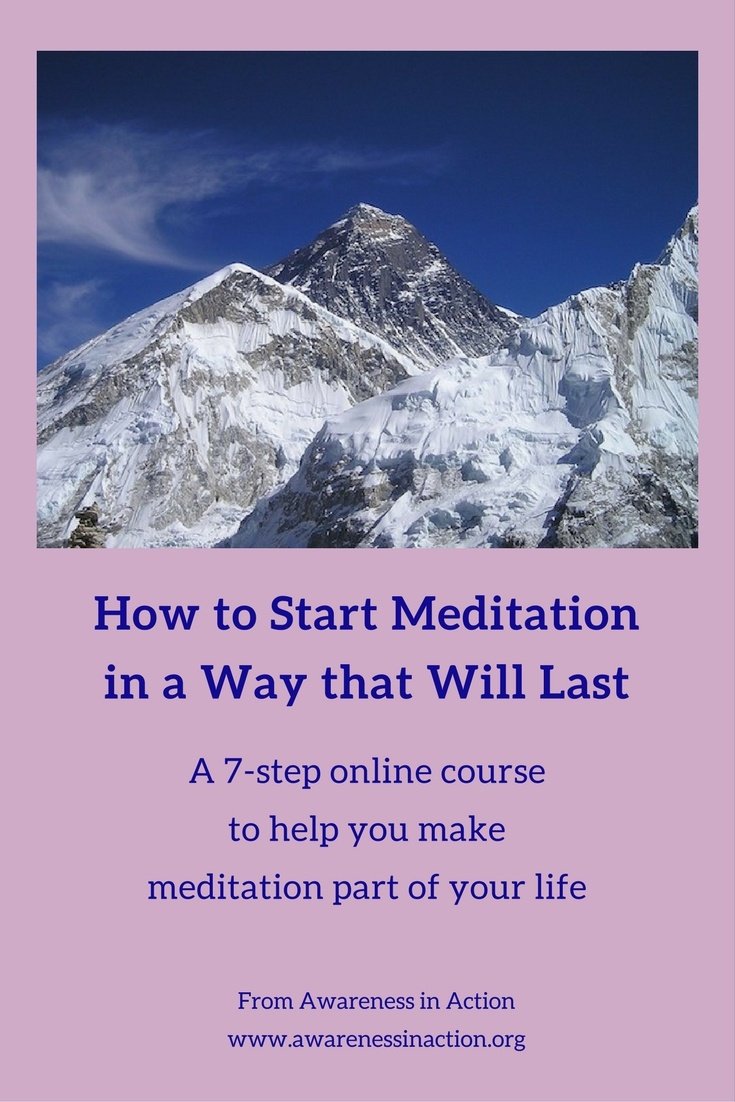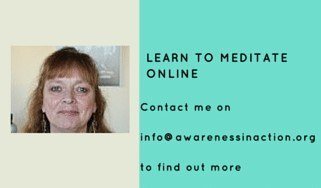
Six Ways to Make Meditation a Habit
When I first began to meditate I was convinced that doing something so profound and life-changing meant that there would be no problem in simply settling into an inspired routine. I thought my mind would easily adapt to sitting quietly and everything would be plain sailing. I couldn’t wait to get started.
It did not turn out to be quite like that. It was just too easy to find something that just had to be done before I could settle to meditation. When I did finally sit down to meditate my mind would zoom around all over the place, which made it more difficult to want to try again the next day. It was a long time before it occurred to me that I was just not used to doing it and although I had all kinds of habits, meditation was not one of them.
It seems that Aristotle had it right—the things we do over and over again become part of who we are. We may be inspired to do meditation but until we can see it as part of our regular behaviour that we can almost take for granted, then we are always going to be having to work extra hard to make it happen. Something that works in our favour is that the brain loves habits as a way of conserving energy. We also know now about neuroplasticity—how the brain can change according to experience—so as soon as we begin to work on a new habit, we are creating new neural pathways in the brain which strengthen with use.
So, even though meditation is about working with our minds, we still need to get used to doing it. There is no short cut. The same rules apply as they do for building up an exercise routine at the gym, or learning a language. We need lots of regular practice.
On top of that, meditation is simple to do but hard to keep doing and it is easy to look for ways of avoiding it—even though we want to do it. The less decisions we need to make in order to get our session done—the more automatic it feels—the easier it will be to make it happen.
Here are six things we can do to help make meditation a habit
1.Do your meditation first thing
In order to get started with building a routine, try doing your meditation in the morning before you get into the busyness of the day.
Don’t worry, it does not have to be about having to get up at the crack of dawn—this just takes a bit of thinking through.
Here’s some tips for making it workable—maybe you have some suggestions you could share? If you have, we’d love to hear from you.
- Try not to go to bed too late
- Resist the temptation to check all your social media just before you go to bed as this could make it harder to sleep
- Find a slot in the morning that fits in with your schedule
- Don’t let yourself get side-tracked by email, or the news
- Avoid planning to meditate just before you leave the house—chances are you’ll be running late and it won’t happen
- Experiment a bit and don’t be put off if the first time you choose does not work out
- Keep your session short and manageable
2.What is your trigger to meditate?
In his book, The Power of Habit, Charles Duhigg describes what he calls a ‘habit loop’. He suggests that there is a cue, which triggers a behaviour and if we experience a reward then the habit is more firmly embedded. So, clearly the habit we are wanting to encourage is meditation—now you need to decide how you will trigger it.
I like to do my meditation session in the morning after I have showered and dressed, so the shower is a good trigger for me. I am up, dressed and ready for the day but have not yet got into lots of activity—it’s that slot there that is my dedicated meditation time.
You will probably need to experiment a bit in order to identify your trigger. It should something that is a normal part of your routine and happens just before you plan to do your session.
3. Reward yourself
So then comes the reward. One of the clients that I coach prepares a tray of tea for herself before she sits down to meditate and when she finishes her session, she drinks it. For me, it’s breakfast when my meditation is done.
You know yourself and your routines better than anyone, so you can work out what are your triggers and how to give yourself a reward. Keep them small and very simple. It should not be anything elaborate, because then you are just adding in a whole lot more to do and remember.
4. Set up a simple routine for your session
Because we want to give ourselves as little to prepare as possible, it helps to decide which method of meditation you want to use and where you are going to do it. If you are short of time you don’t want to be trying to find a quiet place away from the family to do your session. Remember why you wanted to meditate in the first place and take this personal time as a source of nourishment.
I find it works well to have three phases in a session of meditation:
Settling into the meditation
Instead of just sitting down on your chair, or cushion it helps to take a few moments to settle into meditation. This gives a moment to make a break with whatever you were doing and to find a quiet place in yourself. It’s a way of coming home to yourself and settling into a sense of being, rather than just doing.
Try this routine to see if it works for you.
Sit comfortably in your chair
—relax
Connect with your body
—how is it feeling?
—do you have any discomfort, tension?
Connect with your mood
—notice if you are relaxed, or tense?
—just notice the emotions without judging them
Connect with your mind
—notice the thoughts that come and go
—don’t follow them, don’t judge them
—just let them come and go
Practicing the meditation method
Here is a very simple meditation method using the breath
- Sit comfortably
- Connect with your breathing
—stay with where the sensation is most vivid for you
—moment by moment by moment
—breath by breath by breath
—notice any changes in your breathing
- Notice when your attention is not on your breathing
—check where has it gone
—dissolve the distraction
—bring your attention back to your breath
—begin again as if for the first time
People who are beginning with meditation can often feel that because they experience a lot of thoughts while they are meditating, that they can’t be doing it right. That’s not the case at all. Once we sit down and observe our minds, we notice our thoughts and see just how many there are. That is perfectly OK. Remember, we are practicing meditation—we can’t expect ourselves to be experts straight off. Learning to manage our thoughts is an important part of getting used to meditation.
You can keep your sessions short initially. If you can manage 5 minutes a day for a whole week, you are on the right track. When that feels comfortable, you can go up to 10 minutes a day—or 10 minutes every other day and 5 in between. It usually works best to start small and increase over time.
Merging the meditation with your activity
Try to allow a couple of minutes at the end of your session, so that you do not have to leap up and rush out of the door. Have a good stretch and get up slowly. Try to maintain some mindfulness of what you are doing—now I am getting up, now I am stretching, now I need to go to the bathroom, now I am putting on my coat…………..
The idea is to merge your meditation session with your daily activity, not just switch it off.
5. Do short meditations through the day
The more times we can come back to meditation during the day, the more benefit it will bring. It also helps with getting used to it. Meditation starts to become more about how we respond to things around us, rather than a ‘special’ activity.
STOP MOMENTS are an easy way to get into doing short meditations. These are moments where you stop what you are doing and focus your attention—that’s it.
There are three ways of using them:
- You can use them as a mindfulness exercise for those times you are doing routine activities, such as cleaning your teeth, or chopping vegetables, or walking to an appointment. These are the times when our minds tend to wander a lot and we turn over our worries and plans. With a STOP MOMENT we simple try to stay mindful of what we are doing and as thoughts arise, just let them go and bring our attention back to what we are doing.
- Then we can use STOP MOMENTS as instant meditations by simply focusing on our breath for a few moments while we are waiting in line, or sitting on the bus, or waiting for a meeting to start.
- We can also use them simply to check in with ourselves when we are very busy—say working our way through our email in-basket.
6. Don’t judge your meditation
This comes last in our list but is actually very important. It’s hard enough to get into a regular rhythm with meditation without giving yourself such a hard time about it that you feel reluctant to do it. When I introduce meditation in my workshops most of the people coming along have not tried it before. Almost every time, when it comes time to share how it is going, someone will say that they feel they are the only person in the room who is not able to meditate properly. I always ask the group then if anyone else feels the same way and nearly all the hands go up.
When I was first learning meditation, the person guiding me always said that there was no such thing as a bad meditation—there was just meditation and doing it.
Whenever we learn something new it takes time for us to build up a level of familiarity. It’s no big deal. We don’t need to be more hard on ourselves because we trying to learn to meditate.
Check out our Make Meditation a Habit infographic











